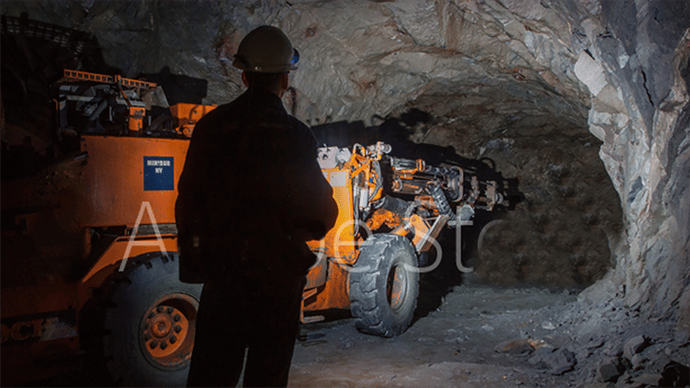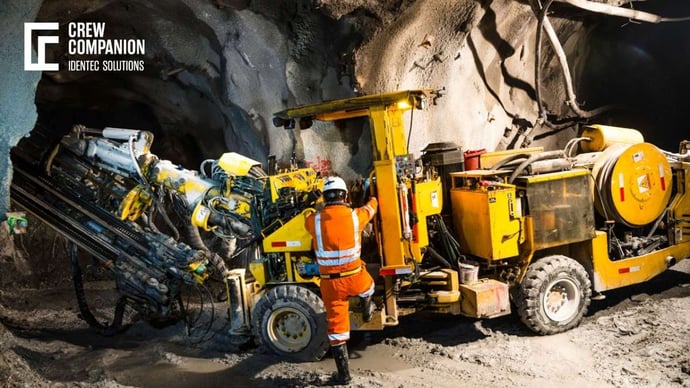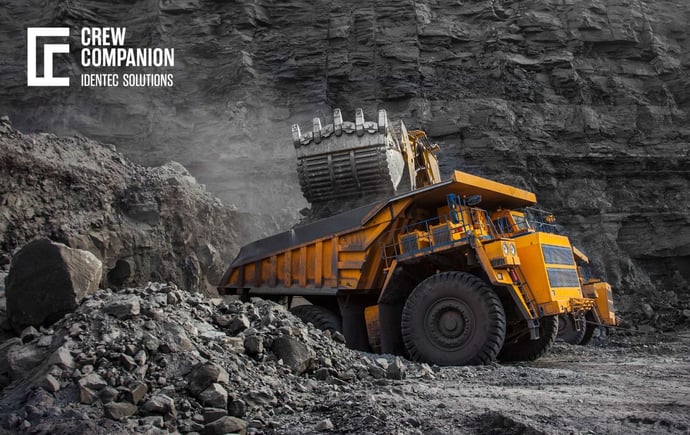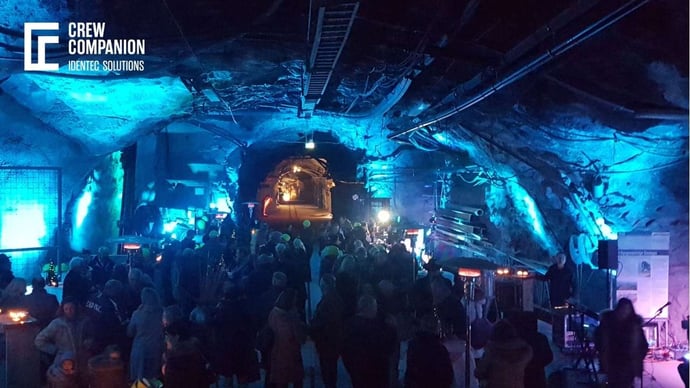Mine Risk Management Safety and Productivity
| Written by Mark Buzinkay
Mining operations demand long-term and substantial investments, and turning a mine into a profitable business is a challenging, ongoing project. Strategic and operational answers will decide if success is feasible. Industry experts often claim that mining safety and productivity correlate and influence each other.
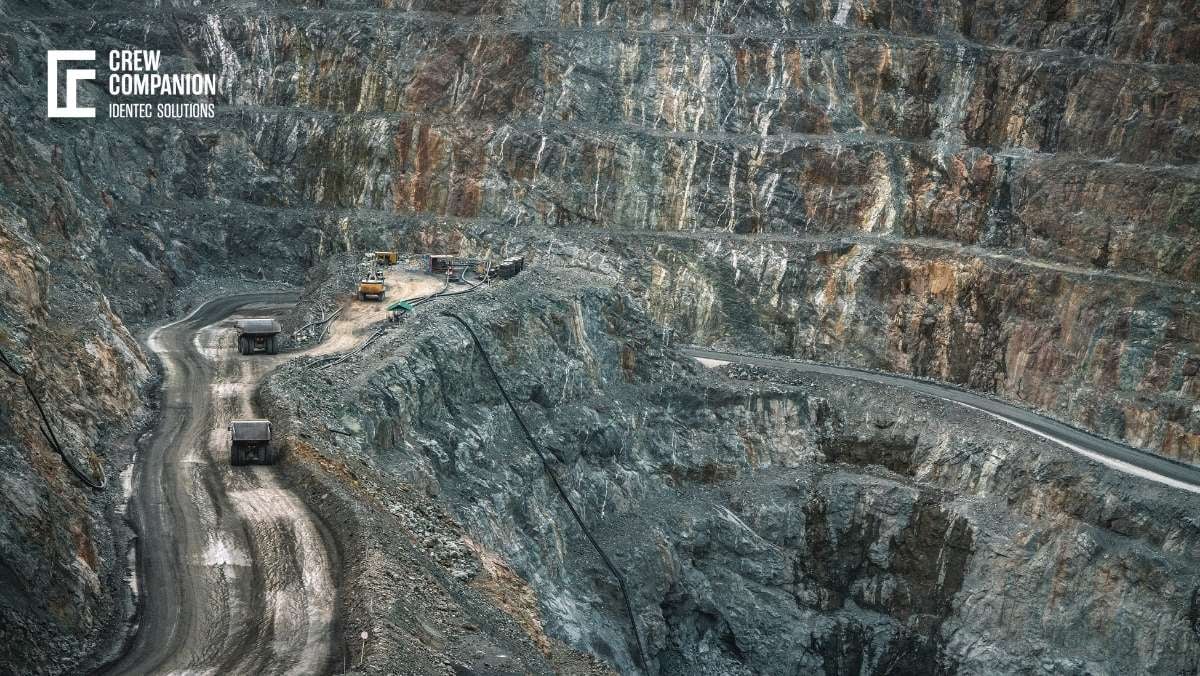
No video selected
Select a video type in the sidebar.
As labour is the most critical asset of your mining operation, you don't want to sit them idle; you don't want to pay them for waiting. On the other hand, you don't want to run low on the workforce and don't want to pay high insurance, penalties or compensations for safety-related issues either. There is one answer: Run a safe mining operation. Productivity depends on your team, and a strong team needs to be safe.
Further reading: Miner Tracking Solutions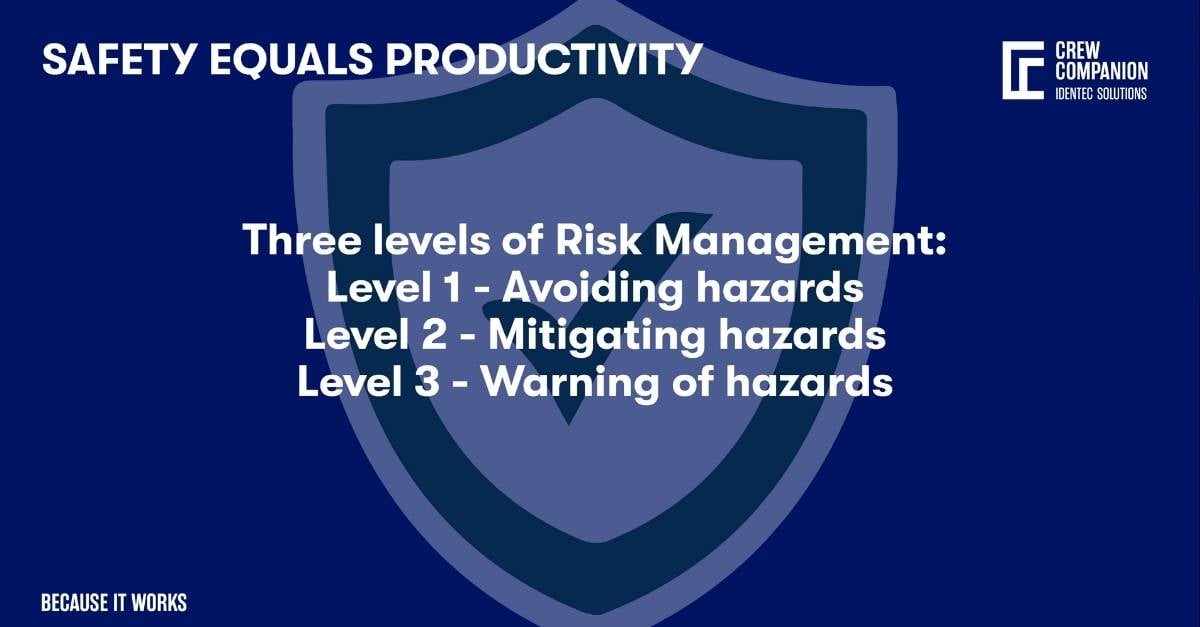
The most recommended, industry-wide approach to safety in general, but mining in particular, is to take a 1-2-3 risk management approach. The top priority in risk management is always to eliminate risks as much as possible. The first level eliminates the hazard and the associated risk and is the most effective measure of control (e.g., no holes in the floor where people work). If this is not reasonably practicable, risks should be mitigated by substituting the hazard with something safer (install guard rails). The third level acts as an administrative control to minimize exposure to a threat (warning signs or protective equipment).
Following the three levels of risk management, an efficient safety approach could be established to mitigate the risks at all three stages:
- Level 1 - Avoiding hazards at all: Close off areas and control site access, using, for example, electronic tags that act as keys to mines in general, but also to certain areas (e.g., explosives' storage)
- Level 2 - Safeguarding against hazards: Reporting the safe zone position of every worker underground or above ground in case of a scheduled blast.
- Level 3 - Warning of hazards: Personal tags indicate the current positions and the route to safety in an emergency.
Safety is a top priority. But operational productivity is too. Both are aligned and interconnected and need each other to work in an optimal way. Efficient operations require visibility (workers and machinery) and preparation for an emergency. In general, a scheduled blast won't disrupt ongoing mine operations too long but will integrate efficiently into the daily work procedures.
If you are interested to learn more about the interconnection of risk management, safety and mining operations, then download our whitepaper "Mine Risk Management: Safety equals Productivity".
Related Articles
Related Product
